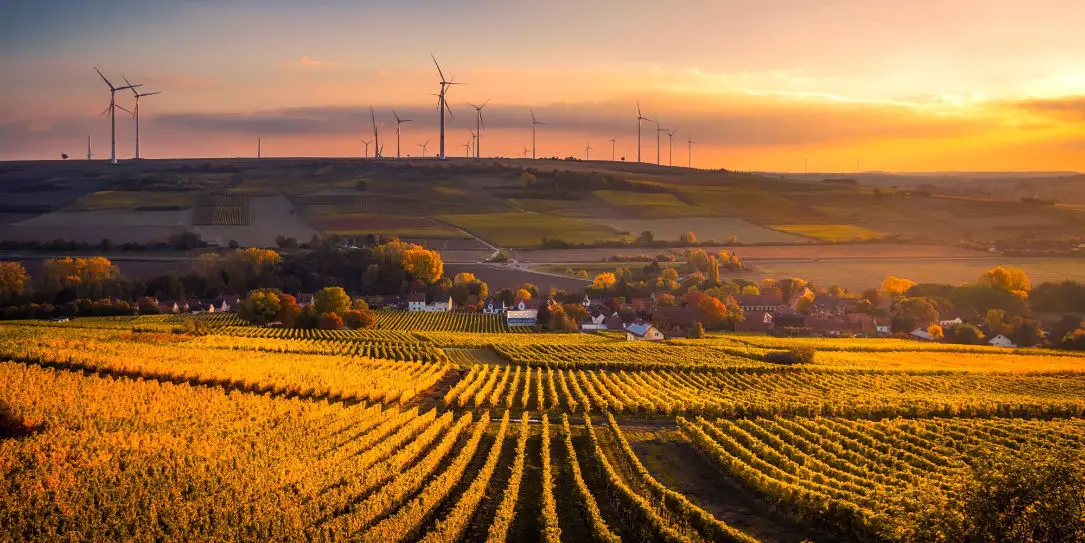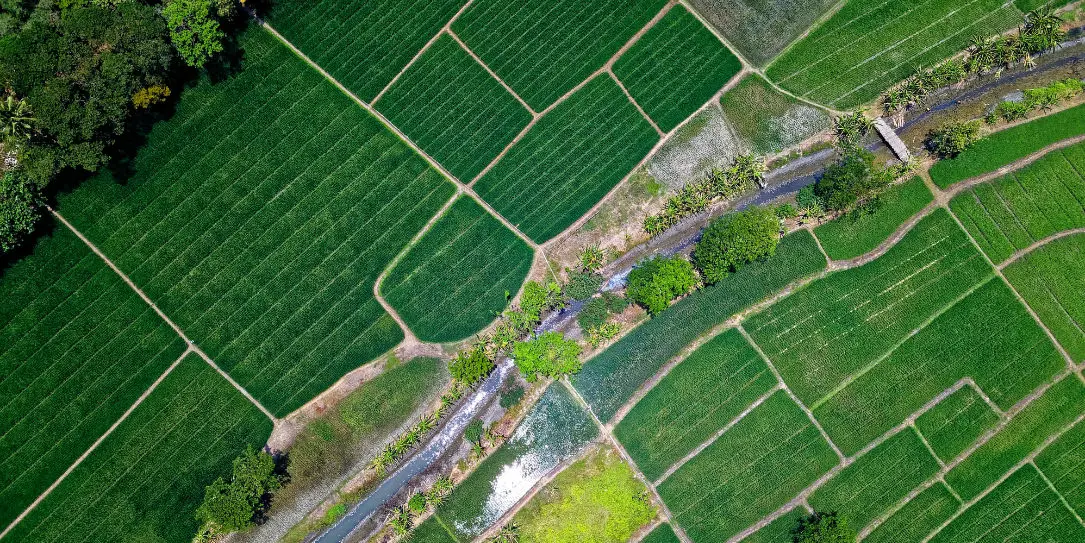Technology in agriculture has existed since humans first put seeds in the ground. Innovations within agriculture have taken place for nearly 10,000 years, but technology has advanced rapidly since the end of World War II.
From horse-drawn plows to self-automated tractors, the impact of technology on modern farming techniques is extensive. Just within the last decade, global agriculture has taken a more industrialized approach to growing food. Agricultural technology today includes things like sensors, machines, advanced software and artificial intelligence.
With the influx of digital technology in farming, including GPS and AI, the way a farmer engages with the land is rapidly transforming. Not only are tractors becoming increasingly advanced, with new self-driving models, but other innovations, such as automation, operations software, and sensory equipment, are also changing the landscape.
Tractors
Before tractors, farmers relied on animals for plowing, tilling and harvesting their crops. Today, tractors are some of the most advanced machinery on a farm. The models are highly variable, with a good deal of customization available based on different farming operations. New models include high horsepower engines, and driverless tractors are expected to transform the industry within the next decade.
Depending on the size, type and function of a farm, tractors are almost always one of the most integral parts of an agricultural operation. However, they are also a serious financial commitment. It is important to remember that simply purchasing a tractor is not enough — farmers must also buy a variety of attachments, including planting and harvesting equipment. Because of the high cost, many farmers are renting tractors, with highly advanced models widely available today.
Automated Technology
Automation in farming is changing how farmers interact with their environment from season to season. This technology can include software that predicts spacing between plants, advanced irrigation systems that collect information on water levels and even robotic harvesters.
While attending to a crop is the most fundamental part of an agricultural operation, many daily tasks occur off the field. Like any business, farming requires a great deal of time analyzing data, preparing spreadsheets and undertaking other operational tasks. The average age of an American farmer is 58. With the number of family farms decreasing and the pressure to produce higher yields over large expanses of ground, many farmers are looking for technology that can automate some of their daily chores.
As of the last few years, countless startups have proposed automated technology that deals with every section of the value chain. From seed and soil management to timing predictions and fertilizer applications, automation is transforming how farms operate. Automated technology has played a key role in assisting farmers by reducing labor costs with the promise of future robots able to harvest crops like fruit and nuts.
Operations Software
With the rise of automated technology has come new software to improve farm management. Farmers utilize digital tools that can track budgeting, make assessments on soil reports and monitor crops throughout the growing season. These tools assist farmers in running a more efficient agricultural business off and on the field.
Improving operative devices help to increase productivity, save money, and enhance management strategies. One of the most impactful pieces of operations software is the ability to collect and analyze real-time data. Information that normally would take farmers days to process now takes minutes. Developments to farming data analysis play a significant role in the concept of precision agriculture, which is a management model that utilizes technology to measure and respond to crop data.
The implementation of these new technologies is spreading quickly, with major stakeholders getting involved. For example, Deere & Co., the farming equipment conglomerate, has a focus group dedicated to cutting-edge technology. It recently bought precision agriculture startup Blue River Technology for $305 million.

Satellite and Sensors
New technologies like GPS and agricultural drones are having a huge impact on farming. Global positioning systems technology is aiding farmers by enabling them to access real-time aerial imagery, test soil nutrient deficiencies and even check livestock health. GPS satellite data also helps farmers create new farm plans, routes for tractors and better develop soil treatment strategies based on a set of specific criteria.
Sensory data is highly valuable to farmers, with advanced technologies collecting information on temperature and moisture levels, which aid producers in more efficient production and even reduced environmental impact. The organic industry is a great example of how farming is utilizing this new technology. Organic agriculture accounts for a minute portion of farming in the United States, but the industry is one of the fastest-growing. With an increased focus on soil health and biodiversity, organic farmers are utilizing sensory data to adjust their practices for the better.
The use of agricultural drones is set to increase in the next few years, with innovations in that sector rapidly expanding. The market for drones specifically for farming is expected to grow by 31.4% in the next four years. In addition to their role in GPS mapping, drones are also being used for crop spraying, irrigation mapping, and even livestock management. Drone usage is highly popular among farmers utilizing precision agriculture, as it focuses on collecting and measuring real-time data to create a more efficient system.
Agri-Tech on the Rise
Technology in agriculture also referred to as agri-tech, is transforming the industry. The investment in technology in the last few years by agricultural businesses shows no sign of slowing down. Startup companies with patents for automated irrigation systems have raised over $400 million, and they are only one subset of how new technology is being utilized.
The response from farmers regarding new technology varies greatly depending on the type of farming they engage in, particularly their crops and their reliance on government subsidies. Today, most farmers who grow commodity crops, like corn and soybeans, are faced with a higher cost of inputs than actual income. There is also debate on whether new technology is improving the efficiency of agriculture. While many technologies help to reduce the amount of pesticide sprayed per acre, some scientists question whether these will be effective in the long run.
More advanced tractors and equipment, operations software and sensory machines are only a few of the ways technology is transforming agriculture. These new advancements will continue to impact the industry. Whatever the future holds, the only constant when it comes to agri-tech is that it will continue to innovate the industry.
What do you think of technology in agriculture? What are some of the technology’s being used in agriculture that we missed? Let us know in the comments below or on Twitter, or Facebook. You can also comment on our MeWe page by joining the MeWe social network.
Last Updated on February 3, 2021.











Comments are closed.